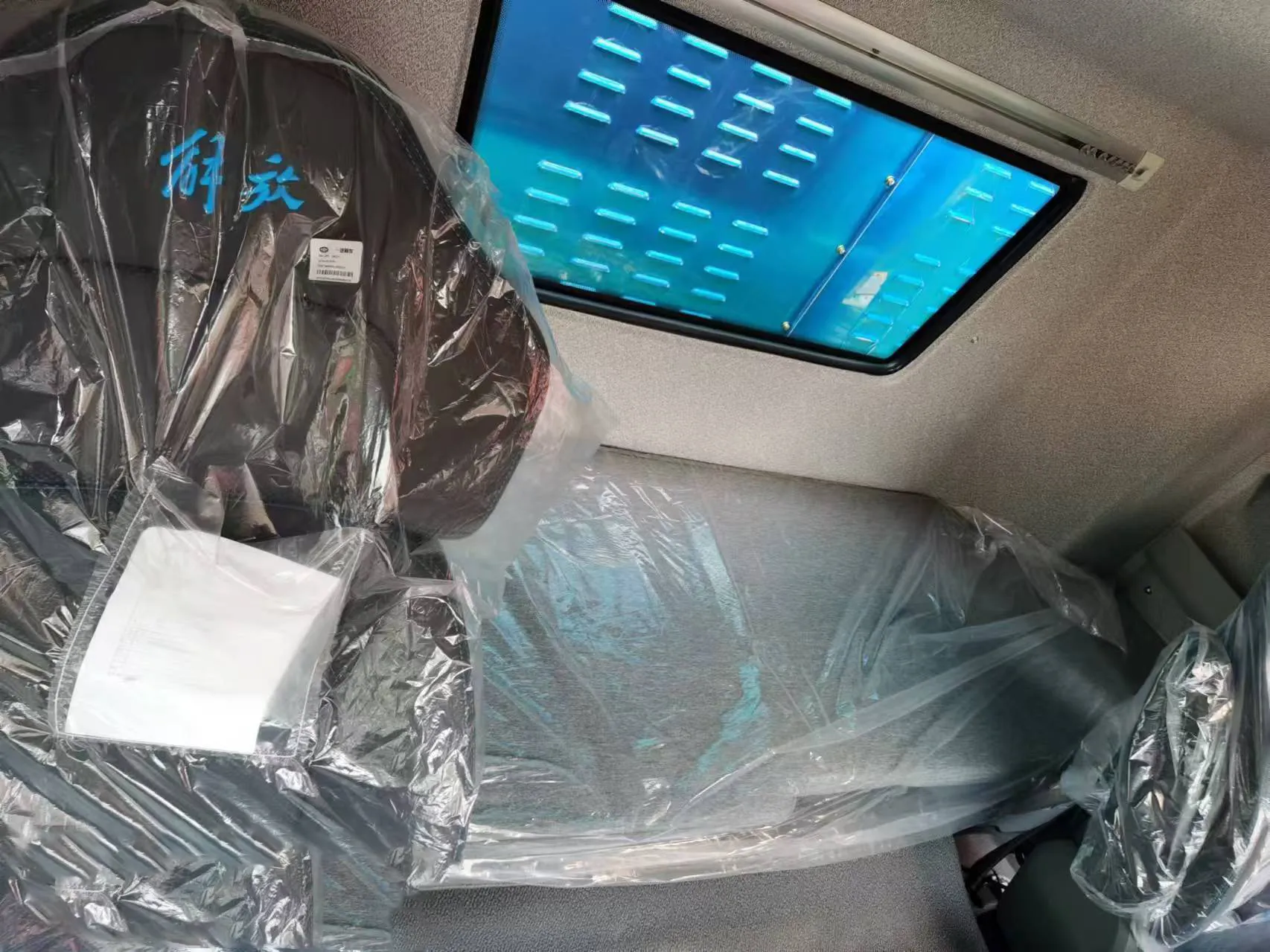car fuse
Understanding Car Fuses A Key Aspect of Automotive Electrical Systems
Car fuses are integral components in modern automobiles, serving as critical safeguards for vehicle electrical systems. Understanding the function, types, and maintenance of car fuses can help vehicle owners ensure that their cars operate smoothly and safely.
What are Car Fuses?
A car fuse is a small, replaceable electrical device that protects a vehicle's electrical circuits from overloads and shorts. In the event that the electrical current exceeds a certain level, the fuse disrupts the flow, preventing damage to sensitive components and wiring. This protective measure is crucial, as electrical surges can lead to significant repair costs, or worse, hazardous situations like fires.
Types of Car Fuses
Car fuses come in various types, each designed for specific applications
1. Blade Fuses The most common type of fuse found in vehicles today. They are rectangular plastic devices with two metal prongs at the bottom. Blade fuses come in multiple amperage ratings, and they typically fit into a fuse box located in the engine compartment or under the dashboard.
2. Glass Tube Fuses Older vehicles often feature glass tube fuses that are cylindrical in shape. These fuses may have either a silver or copper filament inside. When the filament melts due to excessive current, the circuit opens, indicating a blown fuse.
3. Mini Fuses These are smaller versions of standard blade fuses and are commonly used in newer models due to their compact size. They offer the same function but are designed to save space in the vehicle’s fuse box.
4. Maxi Fuses Designed for heavier loads, maxi fuses are larger than standard blade fuses and are often utilized in high-current applications such as headlights or trailer wiring.
How to Identify a Blown Fuse
Recognizing a blown fuse is essential for maintaining the electrical systems of a vehicle. Common indicators include
car fuse

- Inoperative Components If a specific electrical component, like the headlights or radio, stops working suddenly, it may indicate a blown fuse. - Physical Inspection One can remove the suspected fuse and inspect the wire inside. If the wire is broken or melted, the fuse has blown and needs replacement.
How to Replace a Car Fuse
Replacing a blown fuse is a straightforward process that can be completed with minimal tools. Here’s a step-by-step guide
1. Locate the Fuse Box Consult the vehicle's owner manual to find the fuse box. It is commonly located under the dashboard or in the engine compartment. 2. Identify the Blown Fuse Use the diagram on the fuse box cover or the owner manual to find the specific fuse linked to the malfunctioning component.
3. Remove the Fuse Use a fuse puller or a pair of needle-nose pliers to carefully extract the blown fuse.
4. Insert a New Fuse Select a new fuse with the same amperage rating and insert it into the slot.
5. Test the Component Re-activate the electrical component to confirm proper functionality. If it operates correctly, you’ve successfully replaced the fuse.
Maintenance of Car Fuses
Regular maintenance of a vehicle's electrical system can prevent fuse-related issues. It's advisable to
- Inspect Fuses Periodically Check for visual damage or excessive wear. - Always Replace with the Correct Amperage Using a fuse with a higher amperage can lead to overheating and potential wiring damage. - Keep Spare Fuses Handy Having a set of replacement fuses can save time and prevent stress during emergencies.
Conclusion
Car fuses are vital to the safety and functionality of automotive electrical systems. Understanding their role, types, identification of failure, replacement, and maintenance is essential for every vehicle owner. By staying informed and proactive, you can ensure that your vehicle’s electrical systems remain in optimal condition, enhancing both safety and performance on the road.
-
SINOTRUK HOWO 84 Electric Dump Truck for Eco-Friendly Heavy HaulingNewsJul.26,2025
-
The Fast 16-Gear Manual Transmission Assembly for Heavy TrucksNewsJul.25,2025
-
Mercedes Benz Actros 1848 42 Tractor Truck for Sale - Reliable PerformanceNewsJul.24,2025
-
High-Quality Water Pump Assembly for Sinotruk Trucks – Durable & ReliableNewsJul.23,2025
-
Premium Truck Engine Antifreeze Coolant Fluid for Heavy Duty VehiclesNewsJul.22,2025
-
FOTON View G7 Mini Bus: Affordable & Spacious TransportNewsJul.22,2025
Popular products

























